
LIVE: Artemis I’s Third Launch Attempt
Hurricanes, fuel leaks and a faulty temperature sensor may have forced NASA’s hand for the first three launch attempts – but now we’re on track to launch our next adventure

Hurricanes, fuel leaks and a faulty temperature sensor may have forced NASA’s hand for the first three launch attempts – but now we’re on track to launch our next adventure

Artemis update, Martian discoveries, Fast Radio bursts and more… lets get into the week’s Talkin’ Science…

As NASA engineers attempt to troubleshoot the fuel leak that’s nixed two Artemis launch attempts in a week – we wait for word on the next attempt to get the

Almost fifty years since the final Saturn V rocket lifted off from Cape Canaveral, NASA is set to make their triumphant return to the moon with Artemis I. While uncrewed,

As scientists use a new supercomputer to detail a supernovae remnant, researchers think they’ve cracked the way to make Iron on Mars and NASA announces landing site candidates for the

It’s a jam packed edition of the Talkin’ Science headlines today… Matt’s got details of Artemis’ early roll out to the launch pad, new technology for Australia’s Siding Springs and

We’ve got a trio of launch stories headlining this week’s Talkin’ Sciennce. Plus details about Chinan’s latest space junk addition and some pretty cool research projects back here on Earth.

In a special, solo, edition of Talkin’ Science Matt brings you the latest in the world of science and space. We’ve got everything covered in a bite sized podcast –
Several countries sign on to NASA’s Artemis Accords, a new study suggests the moon helped Earth survive the sun’s teenage years and a very close call for two bits of space junk over Antarctica.
It’s Tuesday September 29 2020. This is Talkin’ Science. Detailed images emerge of M-87’s heart, a supermassive black hole, Artemis is on track for a return to the moon according to NASA and analysing archive data pays off for researchers… finding three salt water lakes on Mars.

As we gear up for next week’s crewed Dragon test flight, NASA is looking further ahead by putting out the rules for companies and countries collaborating on the Artemis missions to the moon. Interestingly the US hasn’t signed the treaty as yet…

SpaceX and Blue Origin have been awarded contracts by NASA to aid in their Artemis missions to the moon.

Dr Brad Tucker drops by with details of the Eta Aquarid meteor shower, SpaceX and Blue Origin winning contracts for NASA’s Artemis missions to the moon and Hubble spotting comet Atlas’ breakup as the power of the sun got too much for the iceball.

Our final story of the week sees Airbus quietly achieving it’s targets with Artemis’ crew capsule.

Australian Prime Minister Scott Morrison attended NASA Headquarters overnight to commit Australia’s new space agency to aiding the US in its return to the Moon by 2025.
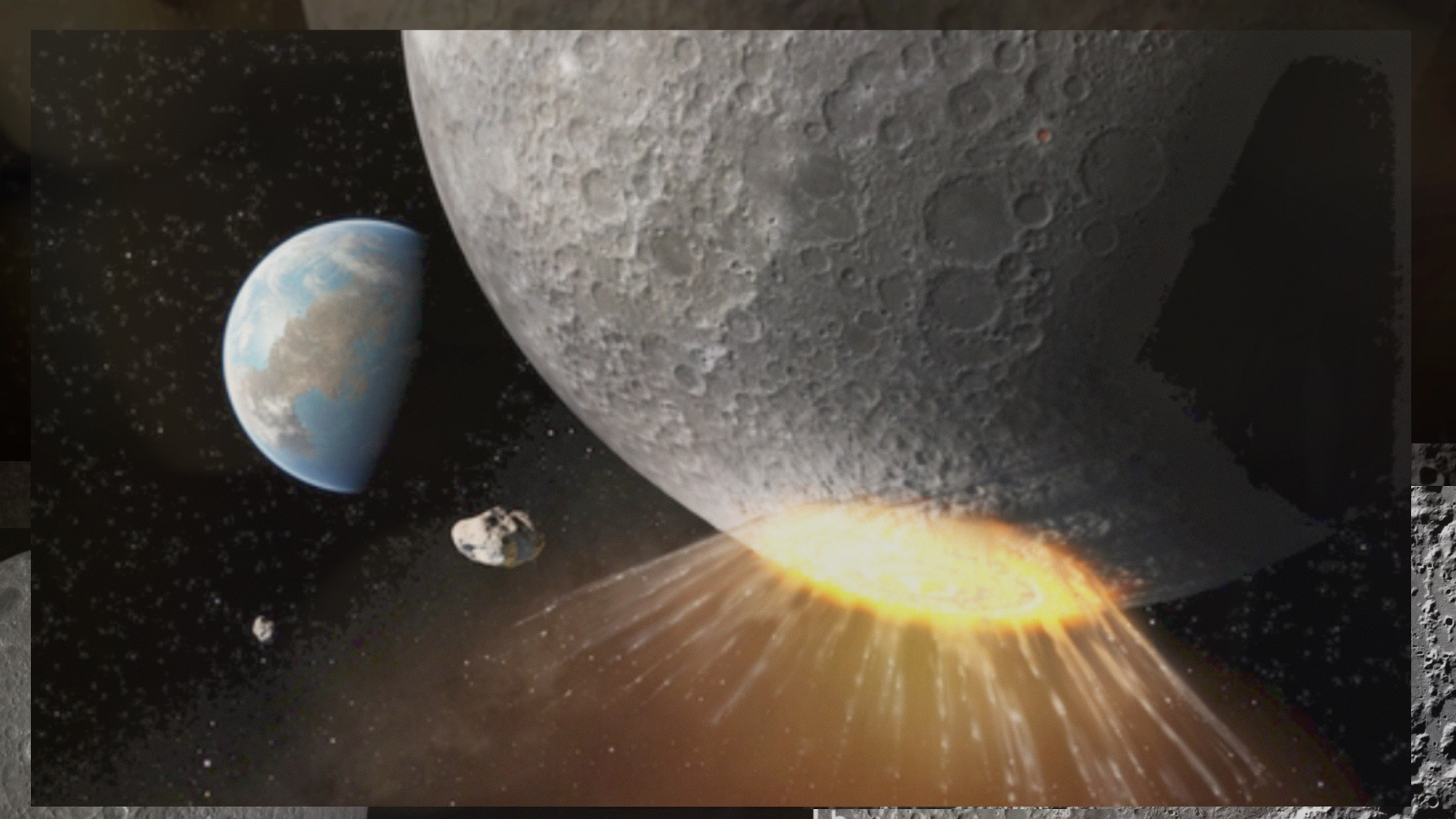
The Schrödinger impact basin is an area of the moon that contains two gigantic canyons – that are definitely there whether you look at it or not – and international researchers say they might have found out how these huge valleys were formed.

Dust on the moon could one day be used to build solar panels, according to researchers who say this could allow astronauts to access power on the moon without carting heavy equipment from Earth.
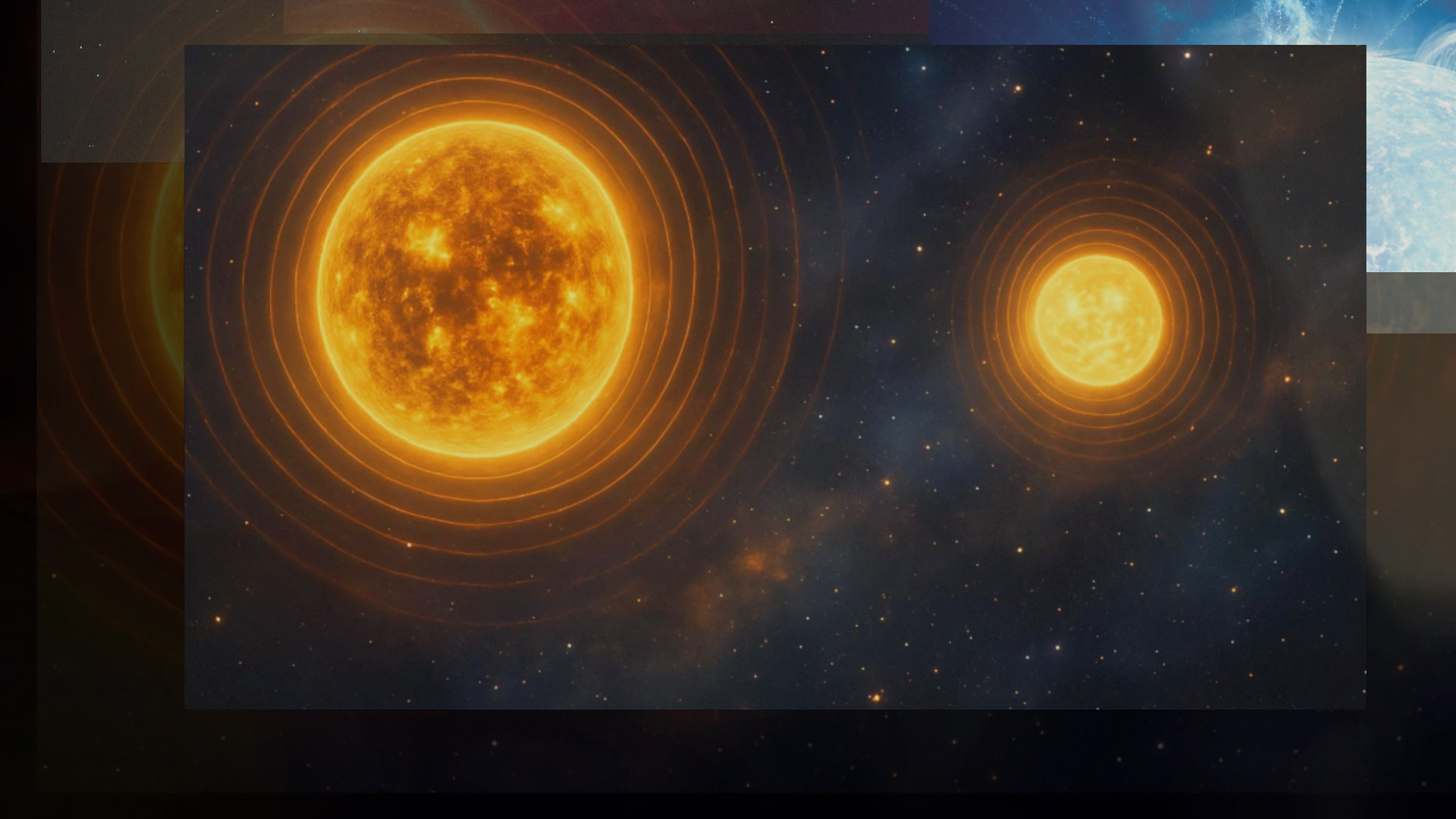
They say music is the universal language of humankind, but some stars in our galaxy exhibit their own rhythm, offering fresh clues into how they and our galaxy evolved over time.
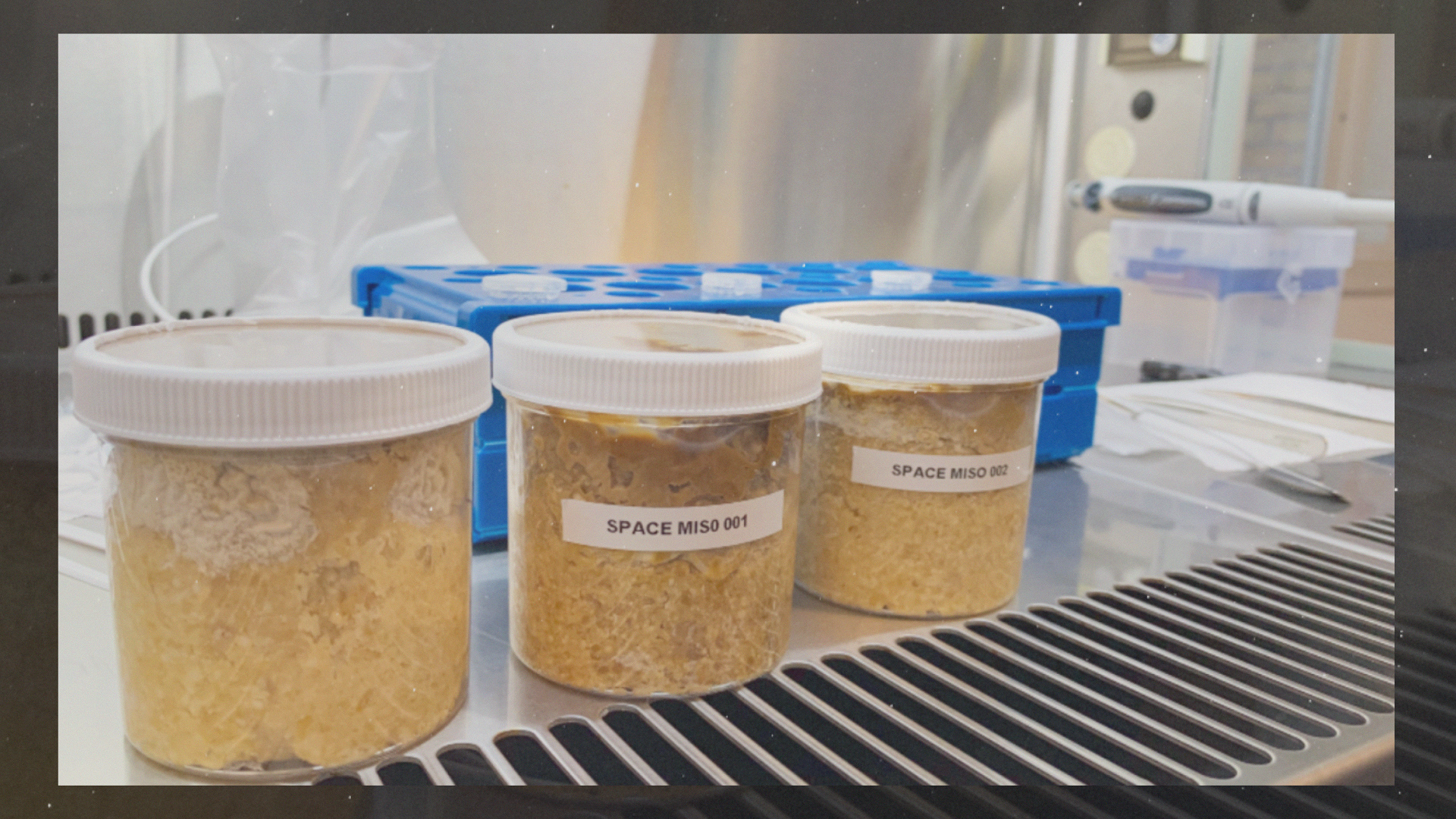
Miso made in space has a nuttier, more roasted flavour than miso made on solid ground, according to international researchers, who sent a small container of fermenting soybeans and salt, the ingredients for the traditional Japanese condiment, to the International Space Station.
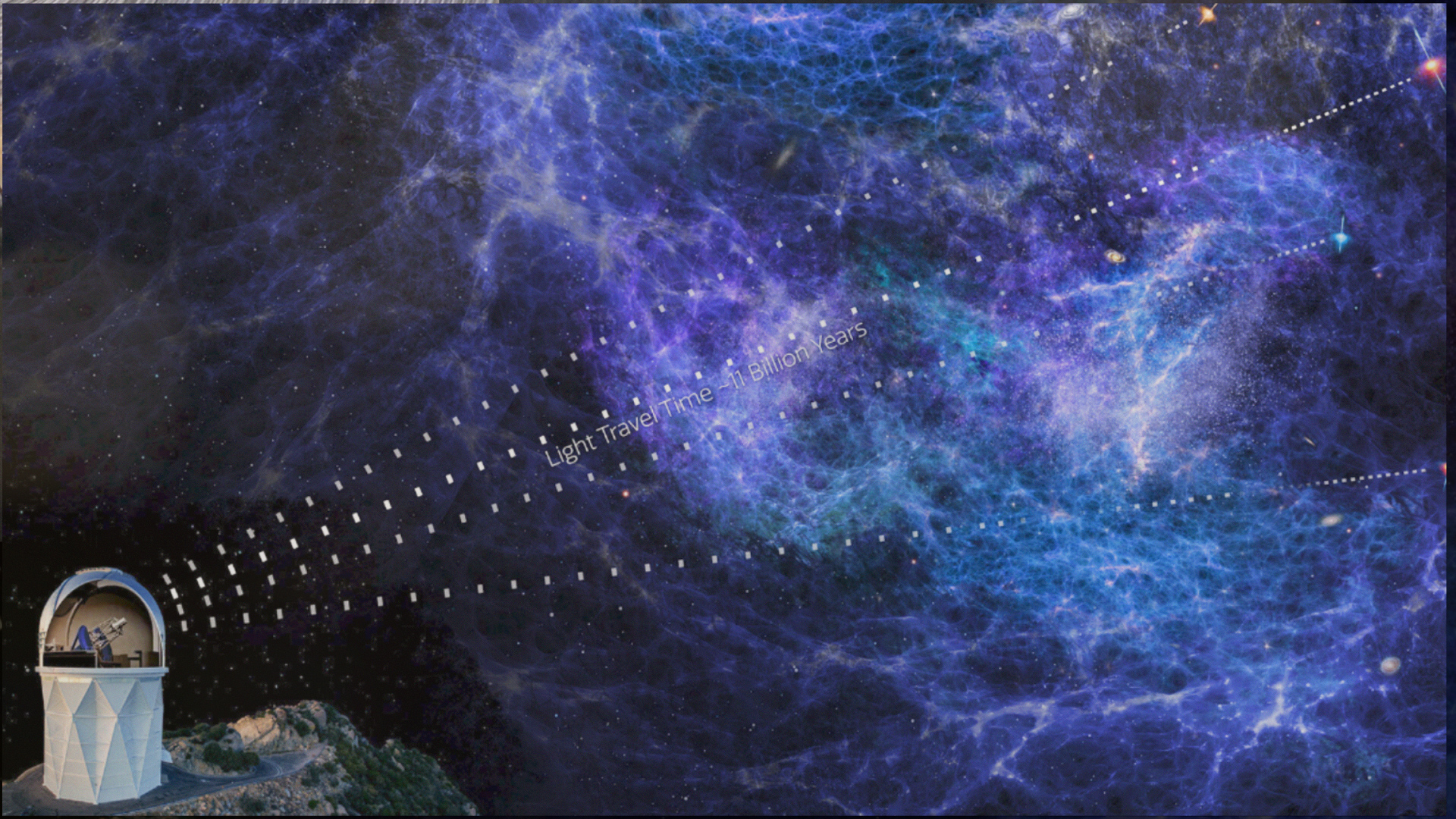
A QUT cosmologist is part of the international research team that’s published an analysis that shines new light on dark energy and suggests the standard model of how the universe works may need an update.
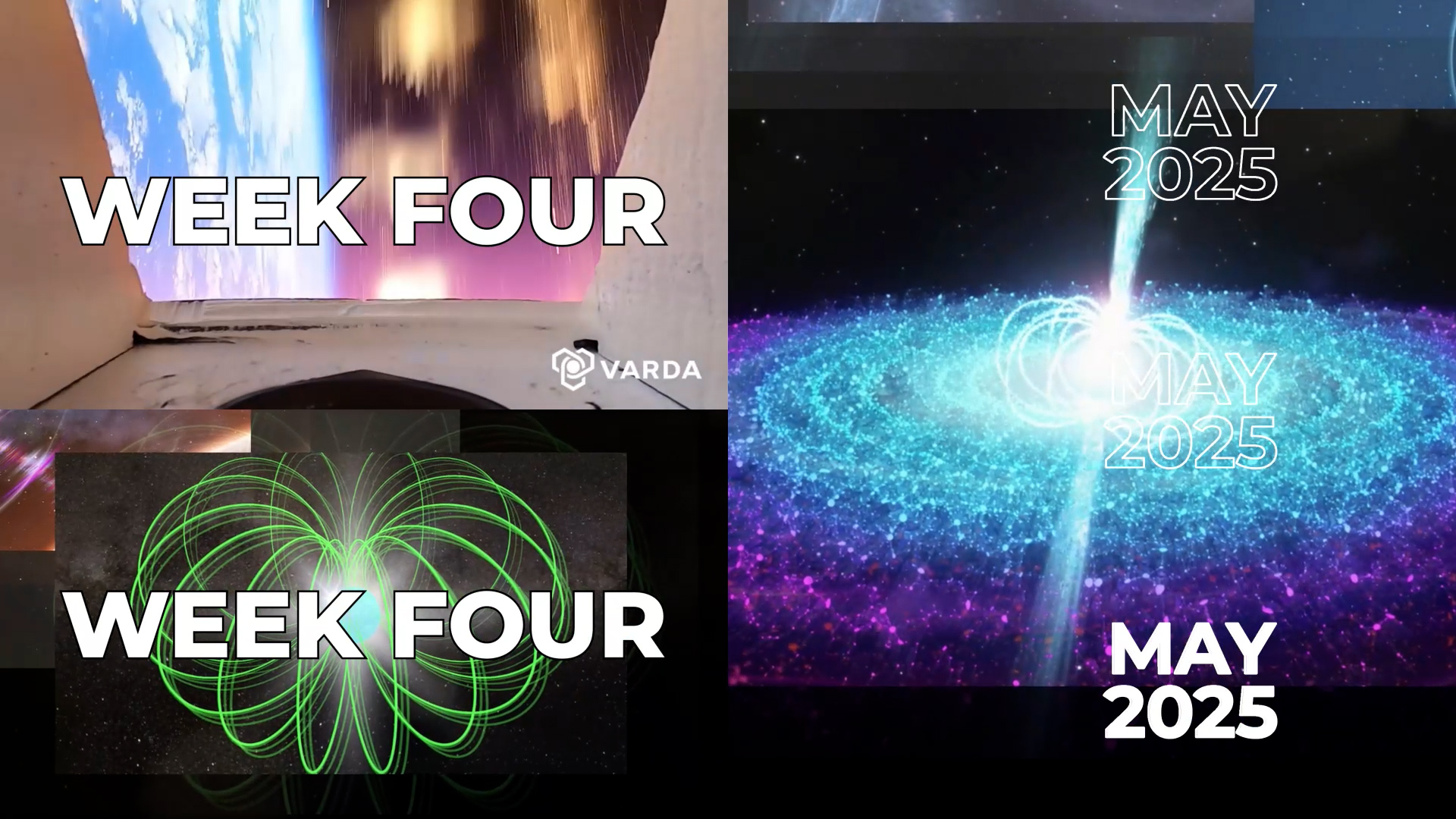
We’re back for the mid-2025 season of Talkin’ Science, lets get the headlines across the past week…

We’re bold, innovative and ambitious digital media creators,
consumers and producers.
We are Trekzone Media.
This is TREKZONE.org.

The Schrödinger impact basin is an area of the moon that contains two gigantic canyons – that are definitely there whether you look at it or not – and international researchers say they might have found out how these huge valleys were formed.

Dust on the moon could one day be used to build solar panels, according to researchers who say this could allow astronauts to access power on the moon without carting heavy equipment from Earth.

They say music is the universal language of humankind, but some stars in our galaxy exhibit their own rhythm, offering fresh clues into how they and our galaxy evolved over time.

Miso made in space has a nuttier, more roasted flavour than miso made on solid ground, according to international researchers, who sent a small container of fermenting soybeans and salt, the ingredients for the traditional Japanese condiment, to the International Space Station.

A QUT cosmologist is part of the international research team that’s published an analysis that shines new light on dark energy and suggests the standard model of how the universe works may need an update.

We’re back for the mid-2025 season of Talkin’ Science, lets get the headlines across the past week…
© Trekzone Media MMXXV. All Rights Reserved.
The views and opinions expressed by guests on our podcasts are their own and do not necessarily reflect those of Trekzone Media or its employees.